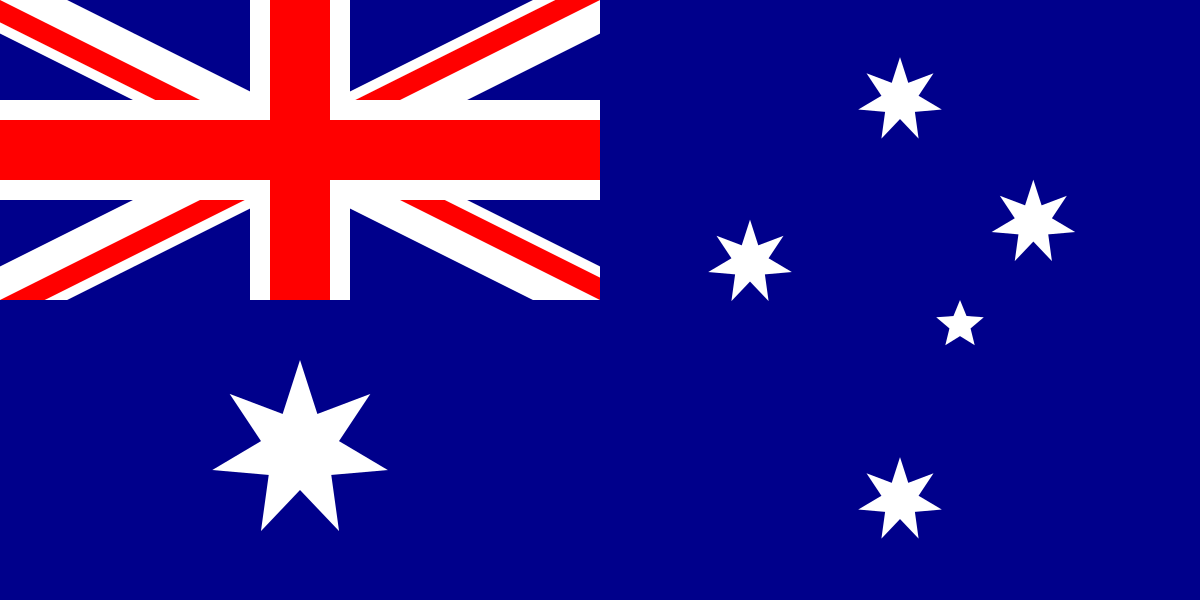Migration After WW2
As a
class look at migration post world war II https://www.youtube.com/watch?v=utLLN5UOYPA
Tasks (All three need to be completed)
- Students complete comprehension and activity sheet on stories of migration to Australia.
- With a partner students plan questions they would ask when they interview a migrant living in Australia. Each student will survey a migrant and complete questionnaire before next week's lesson.
- Students explore stories of migration to Australia on the following website
http://waves.anmm.gov.au/Immigration-Stories/Stories-from-our-collection (from 1950 onwards as looking at post world war 2
EXT: Students add to their brainstorm after they have listened to stories of migration
- Australia as a Nation
I
- If you forget anything go to the website https://www.peo.gov.au/multimedia/videos.html and watch the video
- What is the Australian parliament?
- Where does the Federal Parliament meet?
- Why is Parliament located in Canberra?
- Who is our Prime Minister?
- Who is the leader of the opposition party?
- What are the names of the two main parties in Australia? (do you know of any others?)
- What are the two houses in the Australian Parliament?
- What is the Senate?
- What is the House of Representatives?
- What are the three levels of Government?Explain what each one of them does briefly.
- How does a bill become law?
- What is the Australian Constitution?
- Extension: Come see the teachers when you finish.
Week 2
- What is the purpose of a national flag?
- What does the Australian flag consist of?
- What do the symbols on the Australian flag mean? Does the flag convey an overall meaning?
- How has it come to be what it is today?
- What messages does it send?
- What alternatives might be available?
- Do you think the flag is a good representation of Australia? Do you think it can tell us anything about being Australian?
- Do you think the flag is important to all Australians?
Part 1
Task 1: Revisit video about three level of government. https://www.peo.gov.au/multimedia/videos.html
Task 2: Students in groups of 3 are going to sort 22 task cards into 3 different envelopes. Each envelope represents a different level of government. That is local, state and federal.
Task 3: Students are going to create a profile for their local, state, federal member of parliament. The following links will be on the blog to assist students.
Federal member http://electorate.aec.gov.au/
State Member http://streetlist.elections.nsw.gov.au/
Local Member http://streetlist.elections.nsw.gov.au/lgafinder.aspx
Part 2
What is a symbol?
How do we understand symbols?
Which symbols are important to Australians, why?
Which country does this flag represent?
What is the meaning behind the flag?

http://primaryfacts.com/1488/united-kingdom-facts-and-interesting-information/
What does this flag represent?
What is the meaning behind the flag?
http://www.naidoc.org.au/indigenous-australian-flags
What does this flag represent?
What is the meaning behind the flag?

https://australianmuseum.net.au/image/torres-strait-islander-flag
or https://www.peo.gov.au/learning/fact-sheets/national-symbols.html
Identifiers of the nation: flags and coat of arms
What does this flag represent?
What is the meaning behind the flag?

to https://www.pmc.gov.au/government/australian-national-flag )
In pairs student use BTN (http://www.abc.net.au/btn/story/s3681106.htm ) to guide a discussion about the Australian flag, and to create a mind map ( Allow 15 mins)
Project the coat of arms in the classroom for students to see. https://www.peo.gov.au/learning/fact-sheets/national-symbols.html

What are the elements of the coat of arms? What do you think the following four elements represent?
The star
The shield
The wattle
The animals
Look at the symbols on the crest. What do you think each of the symbols represents?
What message does the coat of arms send about Australia?
Does the coat of arms add to our understanding of what it means to be Australian?
Activity 1
In Medieval time in England, the political system that existed was known as feudalism or the feudal system. The feudal system was a rigid hierarchy where peasants served wealthy land owning lords, in exchange for their protection. At the top of this hierarchy was the monarch, who held absolute power. Absolute monarchy is the term used to explain when a ruler holds total power, and can make any laws or decisions without having to consult the people or a representative assembly (such as a parliament).
- Whats make a democracy? Why is having a democracy important?
- How does democracy have an impact on people’s lives?
Watch the following video
In your book answer the following questions
BTN
Look at How Australia became a nation. Watch the following video
1.Discuss the BtN Federation story with another student and record the main points of your discussion.
2. Before Federation, Australia was divided into six separate ______________.
3. Which other country might have been part of Australia?
4. Who was Henry Parkes?
5. What was his famous speech about?
6. Why were initial attempts to become a Federation rejected?
7. What role did Alfred Deakin play in Australia becoming a Federation?
8. In what year did Australia become a nation?
9. Who was Australia’s first Prime Minister?
10. How did Federation impact on Indigenous people and Chinese migrants?
Activity 3
BTN
Look at How Australia became a nation. Watch the following video
Create your own poster for/ against federation
- Activity 4
Time line of events leading to federation
Research each key figure and explain how they influenced development of Australian democracy.
Sir Henry Parkes
Edmund Barton
Louisa Lawson
Vida Goldstein
Activity 6
Are we British or American?
Students watch the following video about two form of democracy- Presidential and Parliamentary
Create a venn diagram comparing the two systems.
What form of democracy is Britain?What form of democracy is America?
Answers
Evolution of Communication
Select a new form of communication and an older form of communication and answer the following questions:
Old: Telephone, Morse Code, Telegraph, Pigeon Messenger, Snail Mail, Smoke signals
New: Snapchat, text, email, Facebook, Kik, Instagram, Whatsapp, Skype
What did they choose?
What is it used for?
Who mainly uses it (age, gender, countries)
Who invented it?
Why did it get invented?
What are the benefits and disadvantages of this form of communication?
What is your opinion of this communication? Do you like it or not and why?
Remembering War
How do we remember those who fought in war?The following 2 tasks must be written in your books. You may work in pairs.
Task 1: Find out about Anzac Day.
What is Anzac Day and why is it important?
- Watch one video about Anzac Day
- Go to one website
- After learning about Anzac Day, write down some bullet points about what it is
* Think about writing when it is celebrated? Who celebrates it? How it is celebrated?
Task 2: Find out about Remembrance Day.
What is Remembrance Day and why is it important?
- Watch one video about Remembrance Day
- Go to one website
- After learning about Remembrance Day, write down some bullet points about what it is
* Think about writing when it is celebrated? Who celebrates it? How it is celebrated?
Early Finishers:
What commemorations do people have to remember the Jewish people who died in WWII.
Social Impact
Men.
How was propaganda used to influence men to go to war?
Food
What are two propaganda posters above wanting people to do?
How does the propaganda influence people? What techniques do they use?
Women
How are women portrayed?
How do you think the war would have helped them?
Why do you think they would have been given these jobs?
What could have possibly happened if there was no war?
How do you think the women felt?
Why do the women look the way they do?
What do we learn about stereotypes from these pictures?What questions can you come up with in relation to these photos?




No comments:
Post a Comment